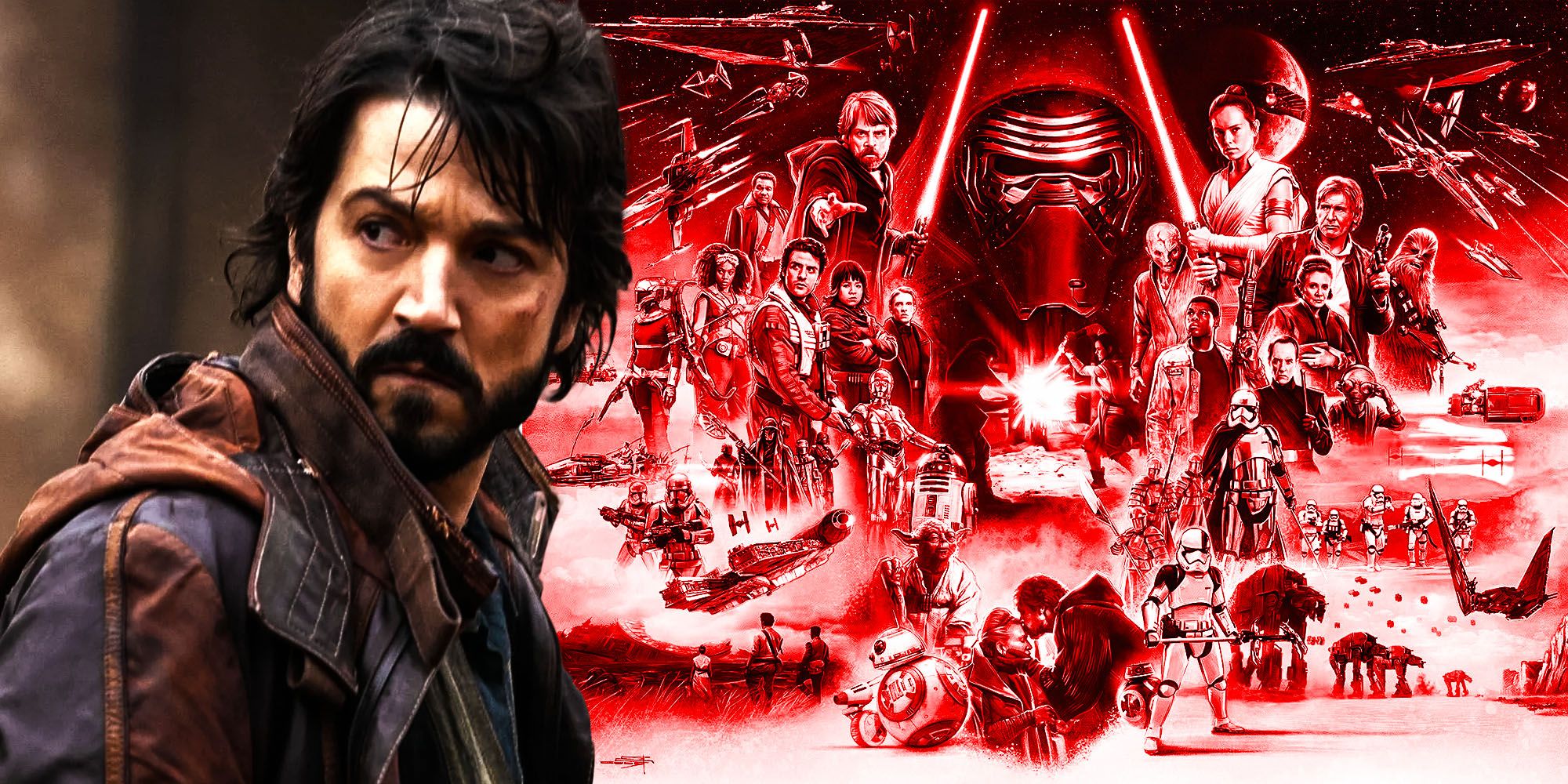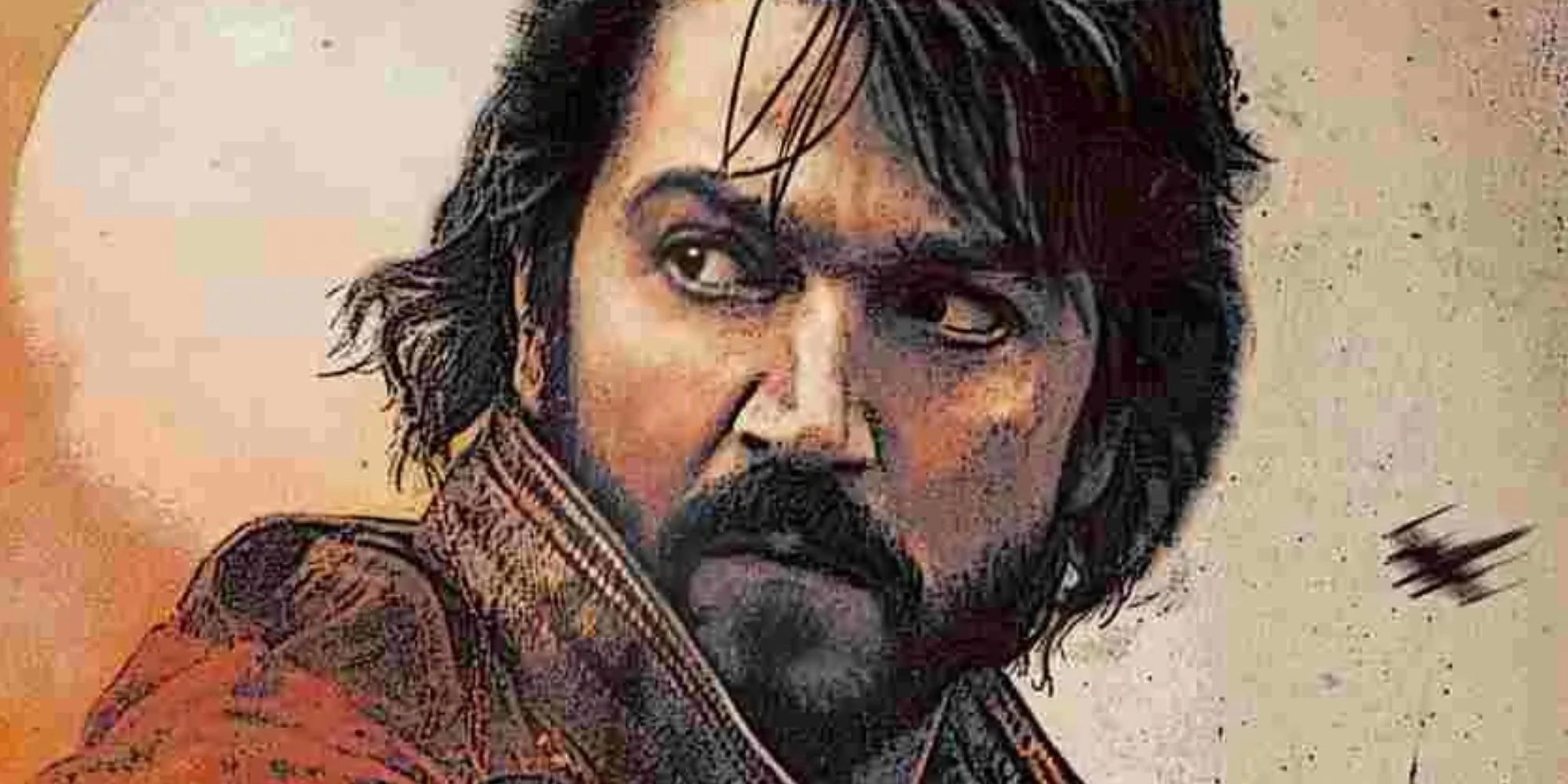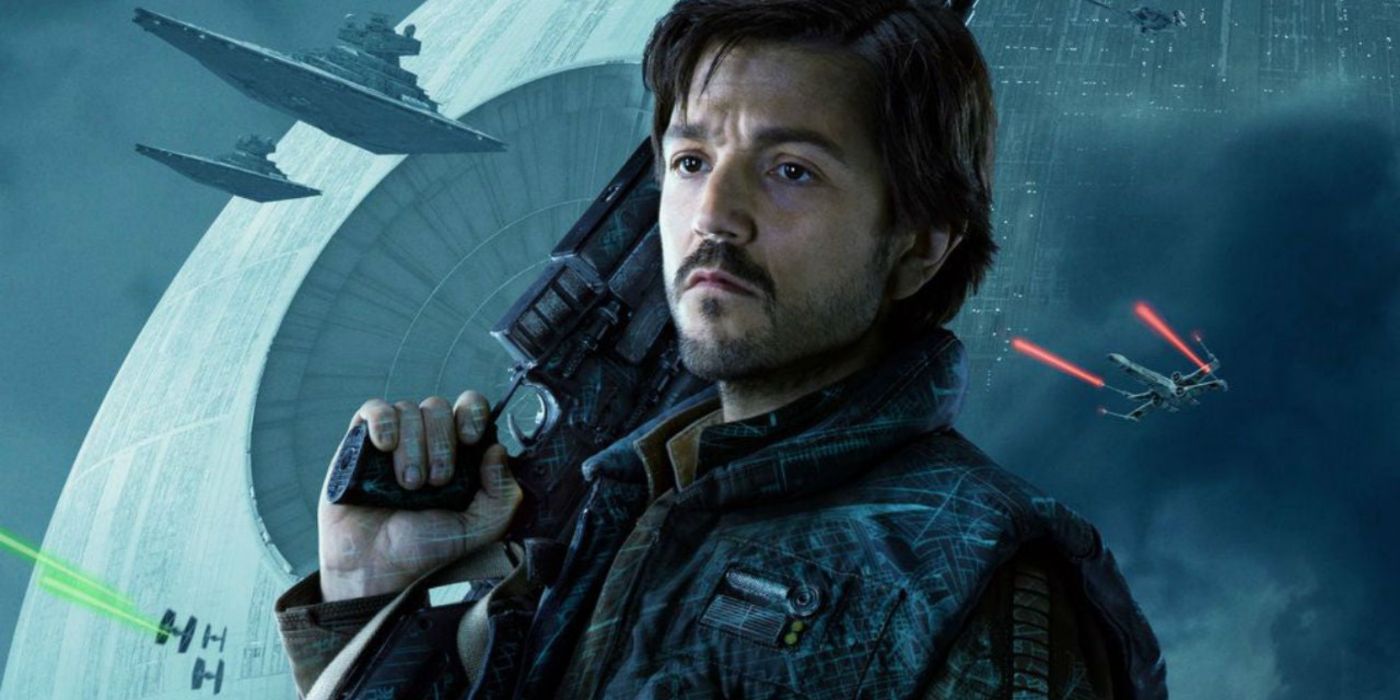The timeframe and future of Andor have already been plotted out, and it is precisely this sort of planning that the Star Wars franchise needed a decade ago. Andor’s protagonist, the Separatist-turned-Rebel Cassian Andor, joined the Star Wars mythos in Rogue One: A Star Wars Story, and now his backstory, set in the earliest days of the Galactic Empire’s reign, will be explored in the upcoming Disney+ series. The main story of Andor’s first season will be set five years before the events of A New Hope and its second season will lead directly into Rogue One. The Star Wars franchise has not always been well-planned out, but a common criticism of its sequel trilogy is its lack of a cohesive vision, something that could have been avoided in part by a similar plan to Andor.
The Star Wars franchise grew beyond its live-action films well before the original trilogy was complete. Thanks to comic books, novels, and radio dramas, the Star Wars saga was enriched with new stories that supplemented those of the original trilogy heroes. Initially called the Expanded Universe, this official continuity remained consistent with the films and its own stories for decades before becoming an alternate continuity in 2014 when Lucasfilm and its newfound parent company Disney (following Disney’s acquisition of Lucasfilm in 2012) cleaned the slate for their upcoming sequel trilogy. The post-2014 canon continuity has been a somewhat mixed bag for many viewers, with films like Rogue One and shows like The Mandalorian becoming crowd-pleasing hits while the Star Wars sequel trilogy dividing viewers.
A common point of criticism is the disjointedness of the sequels. Star Wars: The Force Awakens set up numerous plot threads, only for Star Wars: The Last Jedi to frivolously render them meaningless, leaving Star Wars: The Rise of Skywalker to conclude the trilogy (and thus the saga) in a way that might have been sloppy to some viewers. Although the original Star Wars trilogy was far more improvised than it seems, the sequel trilogy would have greatly benefited from a cohesive creative vision and plan, given its setting in a well-established universe. Andor is an interquel, set between the prequel trilogy and Rogue One, so its showrunners promising a well-thought-out narrative that explores the life of Cassian Andor and eventually leads into his introduction in Rogue One embodies the kind of planning that the Star Wars franchise needed for the sequel trilogy.
Andor's Plan Is Great For Star Wars
Andor’s timeline plan allows it to create a greater sense of connective tissue between the Star Wars franchise’s films and spinoff material. As it stands, Rogue One leads directly into A New Hope, and with Andor season 2 leading directly into Rogue One, the series will have a direct path into both the spinoff films and the main saga itself. Moreover, Andor’s season 1 setting of 5 BBY makes it a parallel series to Star Wars Rebels, creating the possibility of clear references or even crossovers. Trailers for Andor also show Clone Troopers brainwashed into Imperial service, indicating that the series will include flashback sequences set during the first year of the Empire’s reign and tying into Star Wars: The Bad Batch simultaneously. The post-2014 canon timeline has struggled with respecting its own continuity, especially compared to Legends, but Andor’s plan looks to be a much-needed improvement to the franchise.
Andor's Plan Is What Disney Needed For Its Star Wars Sequels
The Star Wars sequel trilogy’s lack of a plan resulted in a noticeable lack of creativity in each film. The Force Awakens primarily concerned itself with replicating the original trilogy era and setting up new character and plot threads for other films and other creators to handle. The Last Jedi sought to be unexpected above all else, resulting in a noticeable lack of consistent characterization and the frequent reiteration of concepts that were handled more competently by previous Star Wars films. The Rise of Skywalker was left in the unenviable position of pleasing everyone while restoring meaning to the narratives left blank by The Force Awakens and unexplored by The Last Jedi. All of this could have been avoided by at least a loose plan for the trilogy, providing the writers and directors with an endgame while providing them with plenty of creative freedom.
Andor is aware of its setting on the Star Wars canon timeline and knows precisely how it will end, which will inform both of its seasons. While it has the benefit of being an interquel, making pre-planning effortless, the showrunners appear to be taking its continuity seriously. The Star Wars sequel trilogy is an epilogue to one of cinema’s most iconic stories, yet its lack of creativity and planning resulted in it including some of the franchise’s most divisive entries. Had the Star Wars sequel trilogy planned out its story as well as Andor, it likely would have had far greater respect for the stories it is built on while creating an exciting new future for the saga.



